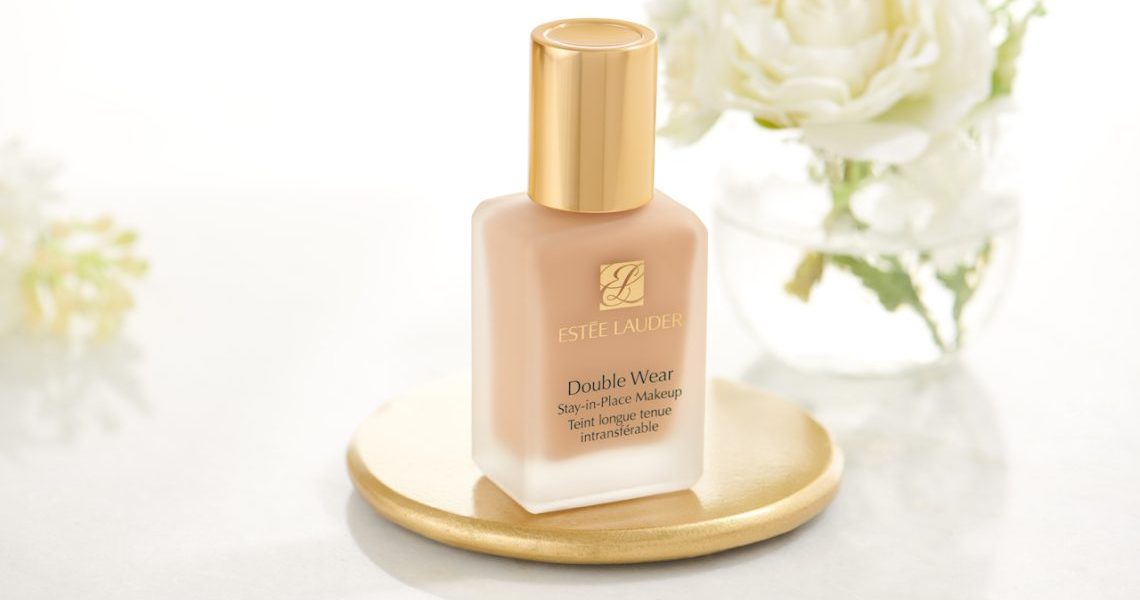The Estée Lauder Companies is embracing TikTok Shop head-on, starting with its prestige Estée Lauder brand and skin-care brand The Ordinary.
The company has opted to first focus on these two brands from The Estée Lauder Companies portfolio because of their differing positions in the market, according to Jon Roman, svp of global online at The Estée Lauder Companies. He pointed to The Ordinary’s fanbase and extensive creator network, and Estée Lauder’s embracement of tech innovations and success in TikTok creator-led campaigns. Roman said Estée Lauder’s TikTok-focused campaigns have garnered success, in terms of earned media value and engagement. The brand joined TikTok in 2021. Meanwhile, The Ordinary, which has gained a rabid Gen-Z fanbase, has one of the strongest followings for a beauty brand on TikTok, with 1.3 million followers.
“[Our focus] is not really about the actual TikTok Shop itself and storefront,” said Roman. “It’s about the whole experience of the consumer journey and giving customers the opportunity to shop via TikTok if that’s where they want to shop.”
Both brands’ TikTok Shop strategies include livestreaming, publishing short-form content and incorporating affiliate links within user TikTok videos. Roman noted that not only does it drive an undisclosed amount of sales, but it also increases earned media value. He said he expects TikTok Shop sales to be significant in the future.
According to Roman, The Ordinary’s approach to livestreaming is to think of it as a direct sales channel, with the aim of viewers interacting with hosts by asking questions. Livestreams are hosted from the brand’s standalone store locations and studios, with internal employees serving as hosting talent. Meanwhile, Estée Lauder has a more refined approach that includes filming from a creative set built within a studio and leveraging professional hosts for the livestreams. Additionally, Estée Lauder is more focused on responding to comments and questions in the chat box of livestreams. For both brands, the livestream content focuses on education about formulas, technologies, ingredients and the brands themselves.
The affiliate program operates by having TikTok content creators apply to earn commission through each brand. Once approved, they embed an affiliate link within their TikTok content that promotes a product. Roman said most participants are micro-creators with smaller followings and that the approval process operates no differently from other influencer programs. The brands review applicants and their content and audiences to evaluate whether they are appropriate representatives. Overall, TikTok Shop has over 200,000 sellers, and over 100,000 registered creators share products through TikTok Shop Affiliate. According to TikTok, sellers can decide their commission rates, however 0% commission rates are not allowed on the platform. Roman did not respond to a request for comment on the commission rate for The Ordinary and Estée Lauder.
With the introduction of TikTok Shop comes an obvious comparison to Instagram Shop, which first blossomed in 2020 only to be deprioritized by its owner, Meta, two years later in favor of a focus on advertising. While Instagram and brands controlled the look and feel of how they showed up on Instagram Shop, TikTok has taken a creator-led approach. There is a more natural sales conversion opportunity because users can craft content appropriate for their own audiences and earn an affiliate commission, propelling them to continue to drive brand sales. It’s also worth noting that TikTok has become akin to a search engine, meaning that users are distinctly searching for products and more on TikTok. But also, it means shopping on TikTok Shop looks distinctly different because the expectation is not that someone goes to TikTok Shop and looks for items, but instead, that they see an item on a video and immediately go to checkout to purchase. The discovery process eliminates the storefront idea and skips to the shopping bag.
“TikTok Shop helps us to market more in a way that relies on or responds to consumer groups, interests and trends, versus having a more typical product-led marketing strategy,” said Roman. “We don’t expect the consumer to navigate to the TikTok Shop and shop the way they would on a regular website.”
The entrance of two flagship brands from The Estée Lauder Companies occurred shortly after a disappointing quarterly sales period; in November, the company cut its full-year forecast after seeing a 10% decline in sales, which included disappointing sales in China. Estée Lauder shares have plunged about 50% this year, erasing roughly $45 billion in market value, and WSJ noted that the company has been slower than its competitors to embrace TikTok to reach younger consumers. While Estée Lauder and The Ordinary teams hope to learn anything and everything about TikTok Shop, the focus for now is on how to craft an effective model to drive their total EMV on the platform.
“TikTok Shop enables beauty brands to connect directly with their communities, partner with creators and inspire their customers to try new products, all within a seamless shopping experience,” said Nico Le Bourgeois, head of TikTok Shop U.S. operations and enterprise at TikTok.




